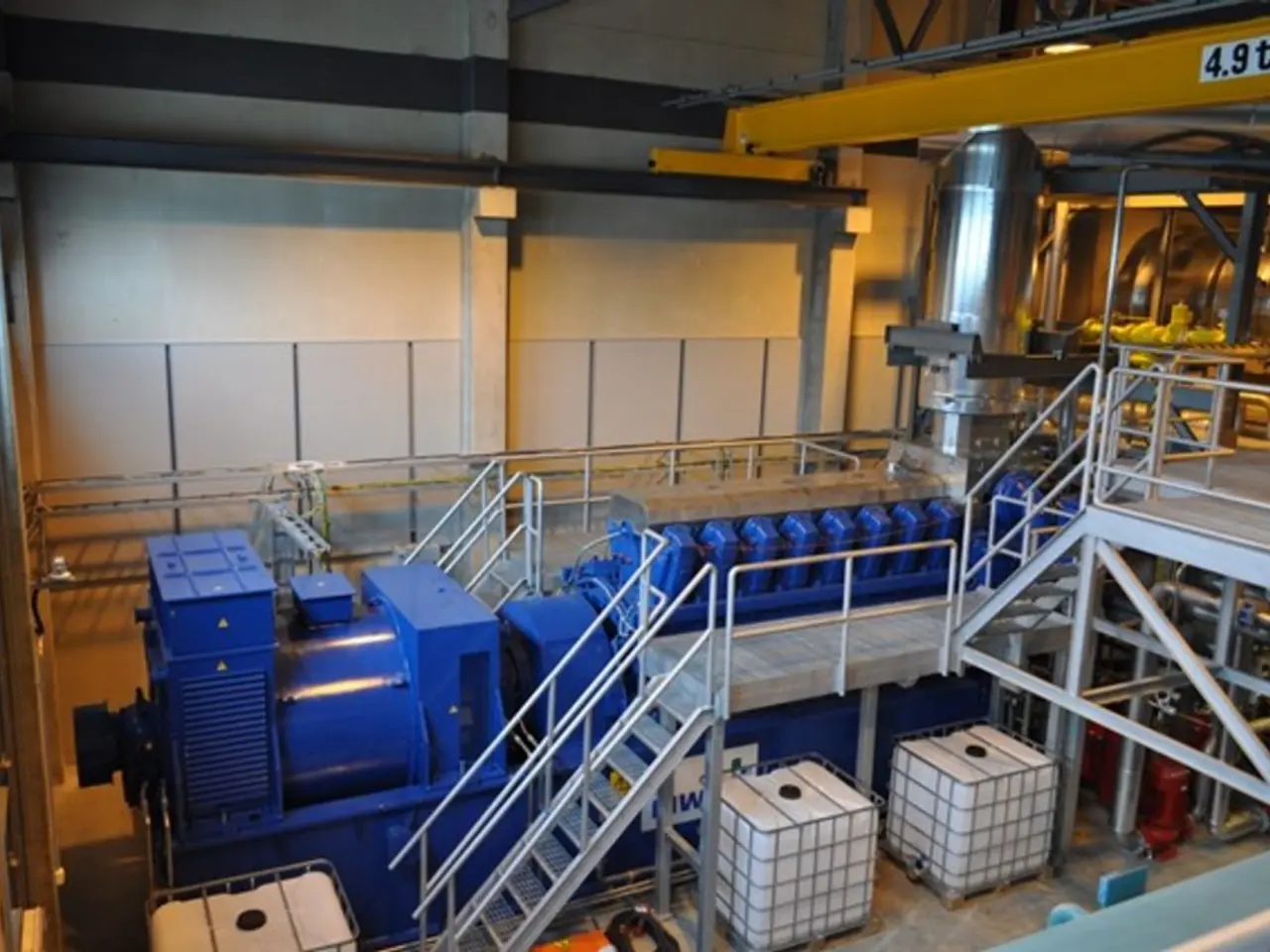Federal aviation organization overlooks essential air freight facilities, according to a study
In the realm of air cargo, a series of challenges have come to light, including outdated facilities and operational bottlenecks such as insufficient truck parking, poorly configured roadways, crowded cargo aprons, and warehouses that do not meet modern needs [1][3]. These issues have led to cargo delays, increased costs across the logistics sector, and hindered timely delivery of goods, as evident during the COVID-19 pandemic when it sometimes took days for forwarders to retrieve shipments [1][3].
One significant factor contributing to these problems is the lack of engagement by the Department of Transportation (DOT) with air cargo industry officials [1]. The DOT, traditionally focusing on other transportation modes, relies on incomplete and unreliable freight data, resulting in insufficient understanding and underrepresentation of air cargo infrastructure needs at the federal level [1]. Furthermore, current federal funding formulas primarily prioritize passenger airport operations, limiting resources available to modernize cargo facilities [1].
To address these challenges, several steps can be taken:
- Engage closely with industry stakeholders, logistics providers, and ground support to gather accurate and comprehensive data on air cargo infrastructure bottlenecks. This could overcome current data limitations and create a clearer picture of needs [1].
- Advocate for and create dedicated federal funding streams targeting cargo infrastructure improvements, distinct from passenger airport funding formulas. The Airforwarders Association is pushing to use recent government-backed studies as leverage for securing such funds [1].
- Support public-private partnerships (P3s), which have proven effective for major airport upgrades and terminal expansions, as seen in other sectors of airport development [2]. Encouraging similar collaboration in cargo infrastructure can mobilize private investment and innovation.
- Coordinate interagency efforts and develop strategic plans to modernize cargo facilities, improve roadway configurations, increase cargo apron capacities, and expand truck parking to reduce congestion and delays [1][3].
- Integrate emerging technologies and support research initiatives to enhance operational efficiency and address regulatory and environmental concerns in cargo infrastructure projects [2].
The GAO also calls on the Bureau of Transportation Statistics to assess the reliability of air cargo data it compiles and to communicate the data's limitations [1]. Improving data reliability, aligning funding priorities, and fostering partnerships are crucial steps in effectively addressing the operational inefficiencies and infrastructure deficits constraining the U.S. air cargo sector [1][3][2].
Sources:
[1] GAO Report GAO-22-105988, 1 August 2022, https://www.gao.gov/products/GAO-22-105988
[2] Airforwarders Association, "Air Cargo Infrastructure: Challenges and Opportunities", 2021, https://www.airforwarders.org/wp-content/uploads/2021/06/Air-Cargo-Infrastructure-Challenges-and-Opportunities.pdf
[3] Transport Topics, "Air Cargo Challenges: Outdated Facilities, Operational Bottlenecks", 2020, https://www.transporttopics.com/news/air-cargo-challenges-outdated-facilities-operational-bottlenecks
- The air cargo industry, in collaboration with finance planners, could develop viable strategies to secure dedicated funding for improving infrastructure, aiming to address the current deficiencies and operational bottlenecks.
- In the aerospace sector, there is a need for aerospace organizations to collaborate with logistics providers and ground support, focusing on integrating emerging technologies to enhance the efficiency and environmental impact of cargo infrastructure projects.








